Drilling and Innovation
Aramco provides peek of high-tech future of drilling at first-ever symposium
The video is blocked
Global October 11, 2022 - By
Drilling and Workover’s Drilling Innovation Technical Symposium and Exhibition examines cutting-edge technologies that are transforming the industry.
From subsea exploration vehicles, to fully automated rigs receiving materials deliveries from drones — an Aramco hosted drilling conference has offered a unique glimpse into a technology and innovation driven future.
The inaugural Drilling Innovation Technical Symposium & Exhibition (DITS&E) drew Aramco’s Drilling & Workover (D&WO) together with its major partners, including SANAD, Schlumberger, Baker Hughes, TAQA, NESR, and Weatherford under the banner theme “Shaping Drilling Through Innovation.”
That theme infused a large swathe of the ground floor of an al-Khobar area hotel, which was transformed by a digitized and interactive exhibition space showcasing the latest technological breakthroughs in drilling.
The event featured three keynote addresses, three panel discussions, 22 technical/focus area presentations, 32 e-posters, two workshops as well as an exhibition floor showcasing 11 prototypes and 148 digital displays. Some 2,500 guests attended over the three days.
The event showcased several innovative ideas and patents from various aspects of drilling. These ideas are related to the Fourth Industrial Revolution (IR 4.0), nonmetallic, circular economy, rig move, safety, logistics, and environmental management. Many of these ideas are being deployed or are currently in development, and some are already being commercialized in partnership with local and global drilling companies.
Eye on the future
With one eye on the past, and the other fixed firmly on a future industry driven by the cutting-edge tools of IR 4.0, a video in the main hall charted the progress of drilling from its earliest incarnations up to a present-day where artificial intelligence (AI), Big Data, the Internet of Things (IoT), unmanned drones, and robotics are poised to play critical roles in the industry, in terms of efficiency, safety, and environmental stewardship.
The panel discussions and a raft of technical sessions would set the tone for the three-day event.
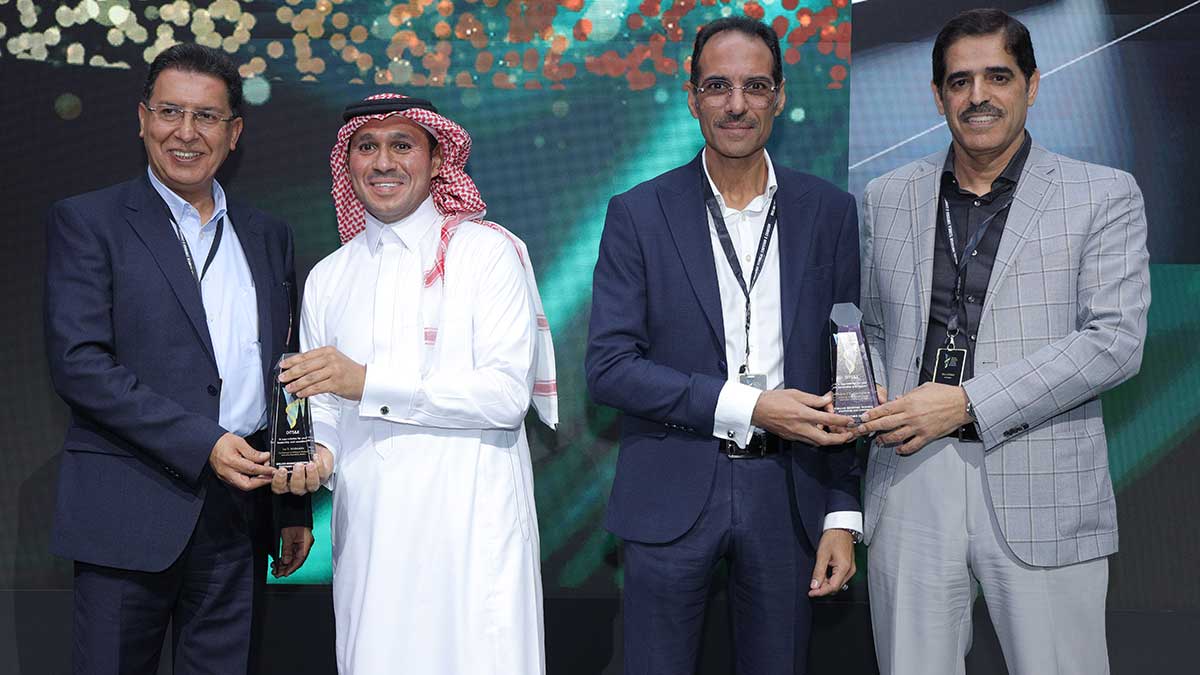
To underline its importance, Nasir K. Al-Naimi, senior vice president of Upstream, attended the opening with Abdul Hameed A. Al Rushaid, vice president of D&WO, delivering opening remarks. Al Rushaid emphasized the importance of innovation in the context of evolutionary industry change.
Commitment to innovation
Al Rushaid singled out the recent opening of Aramco’s Upstream Innovation Center, and the inauguration of the Aramco Research Center at King Abdullah University of Science and Technology, as glowing examples of the company’s commitment to innovation.
“Our industry is facing totally different challenges today,” he told the audience, “and companies will have to adapt quickly to leverage technologies to be able to solve the complex challenges.”
Circular economy
“Every organization needs equipment that can improve their operational processes and that will directly correlate to mitigate greenhouse gas emissions, support carbon recovery, and also the circular economy.”
The circular economy is a systems solution framework that tackles global challenges like climate change, biodiversity loss, waste, and pollution.
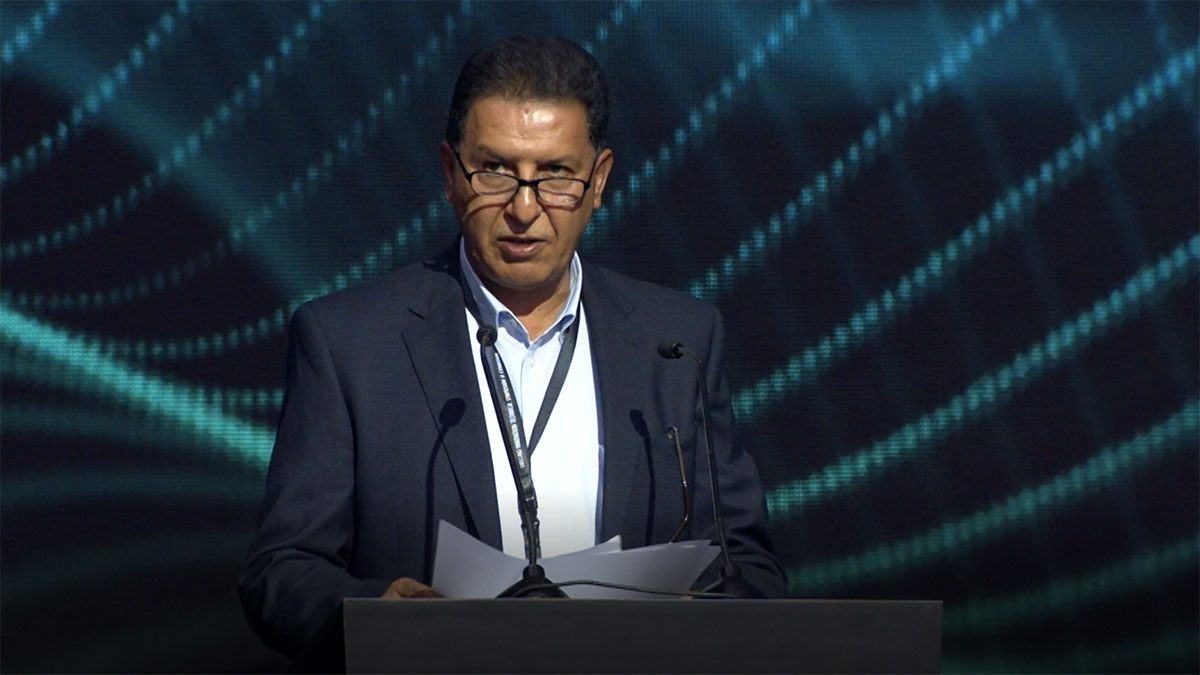
Al Rushaid said that Aramco has taken on a leadership role in embracing the circular economy.
“In these key strategic areas, Aramco has given paramount focus to achieve net zero emissions by 2050, which can only be achieved with the support of disruptive innovation.
“With the great synergy between our team from Aramco and our strategic partners, we will always generate great results,” noted Al Rushaid.
“Innovation has always been a subject that is dear to our hearts. And, we have all witnessed how innovation has constantly redefined the way that we do our business.
“I saw the progress from moving from drilling vertical wells to drilling horizontal wells, and now drilling some of the most challenging and complex extended reach wells in our industry.
“These wells use the latest and most sophisticated downhole technology.”
Al Rushaid added that Aramco and its partners have focused on the deployment of “high-end” tools while maintaining a reputation of environmental distinction.
Technology as an enabler
“As a matter of fact, we moved from more basic designs to more fit-for-purpose ones that cater to our highly specialized technical and professional needs.
“Likewise, the digital frontier technology is an enabler, such as the Internet of Things, Big Data analytics, automation, machine learning, and AI, which have helped supply costs and give us a competitive advantage,” the D&WO vice president said.
Al Rushaid added, “Innovation became a portion of the transformative success for organizations and companies. As for the drilling industry, we are all moving toward a more challenging time — innovation is more important now, more than ever before to further enhance the quality and agility of our massive operations.”
He pointed out that Aramco is building a significant number of the world’s offshore jack up rigs and the upwards arc in the granting of licensed patents, as evidence of the company’s proactivity.
“Through the dedication of our teams, we have exceeded in 2022 our targets in September. As of today, Drilling & Workover has 75 granted patents, and the fruits of our innovation are just beginning to bloom.
“And, we need the utilization of those patents, and we will showcase them to you,” Al Rushaid told the audience.
“I must say, this is disruptive innovation in action. It is worth highlighting in 2021 alone, the number of Aramco granted patents was 864.”
“I would like to thank those who have excelled in innovation, and became the industry’s leaders.
“Before I conclude, let me quote Thomas Edison, ‘There’s a way to do it better, find it.’”
'The key milestones that shaped our industry'
Al Rushaid joined a panel discussion under the banner, ‘The Key Milestones that Shaped our Industry,’ with Maria Claudia Borras, executive vice president of Oilfield Services and Equipment at Baker Hughes; Siggi Meissner, president of Energy Transition and Industrial Automation, Nabors Industries Ltd.; Sherif Foda, chairman and CEO, National Energy Services Reunited Corporation (NESR); and Tarek Rizk, MENA president for Schlumberger.
The discussion focused on the progress that drilling has seen since the first oil well was spudded in Dammam in 1935.
Evolution
The evolution of our industry over the past 98 years has seen us start with some of the simplest wells, to some of the most complex wells.
— Abdul Hameed A. Al Rushaid
“Technology has enabled the evolution,” Al Rushaid said.
Pivoting toward the future through innovation
Day Two of the DITS&E saw Khalifah M. Al Amri, manager of Aramco’s Drilling Technical Department, address the audience.
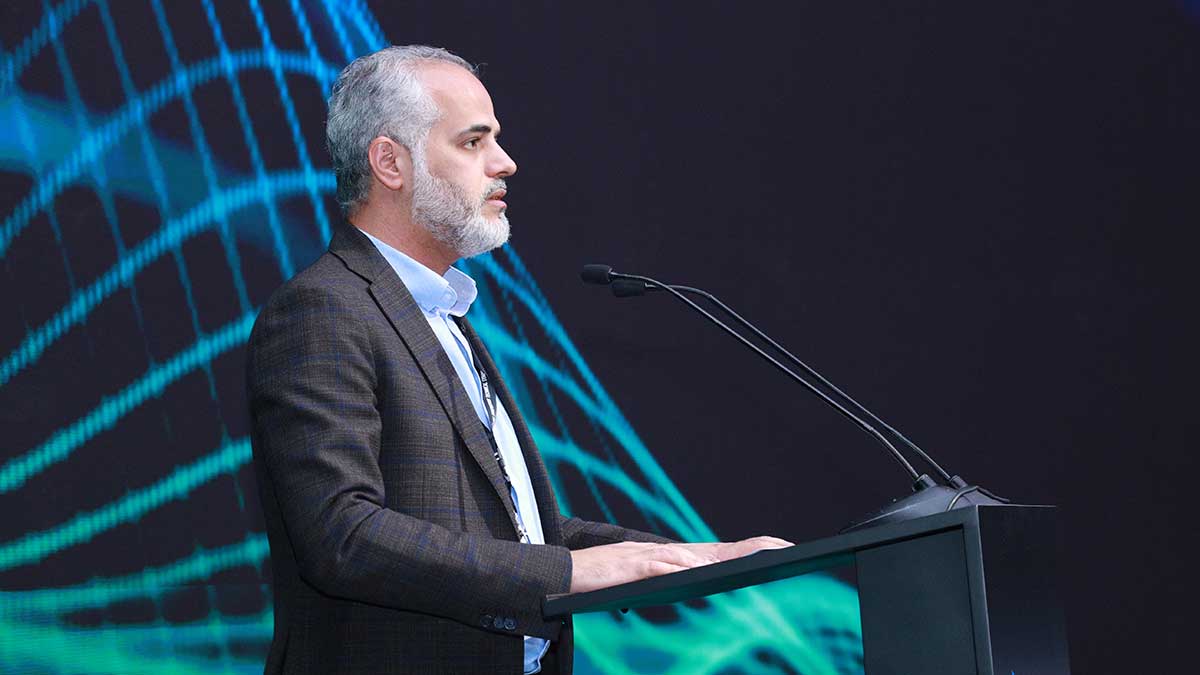
Al Amri revealed, the Aramco D&WO has been utilizing processed real-time data as a main source for developing and deploying digital solutions.
“By leveraging our data, we have been capitalizing on the main pillars of IR 4.0 which are, Big Data, machine learning, and AI, the IoT and automation. By focusing on these pillars, new opportunities are identified, and new, innovative IR 4.0 solutions are developed and released to our users.”
Al Amri concluded by saying that a strong, innovative, data driven, and future-focused industry would guarantee a fully engaged, motivated, and productive workforce.
Such a workforce, he said, would successfully navigate Aramco toward its strategic goal of becoming the world’s leading integrated energy company.
Sultan S. Alsumat, Digital Drilling group leader, gave a presentation titled “Leading the Way toward Digitalized Vision,” which detailed Aramco’s leverage of real-time drilling engineering solutions.
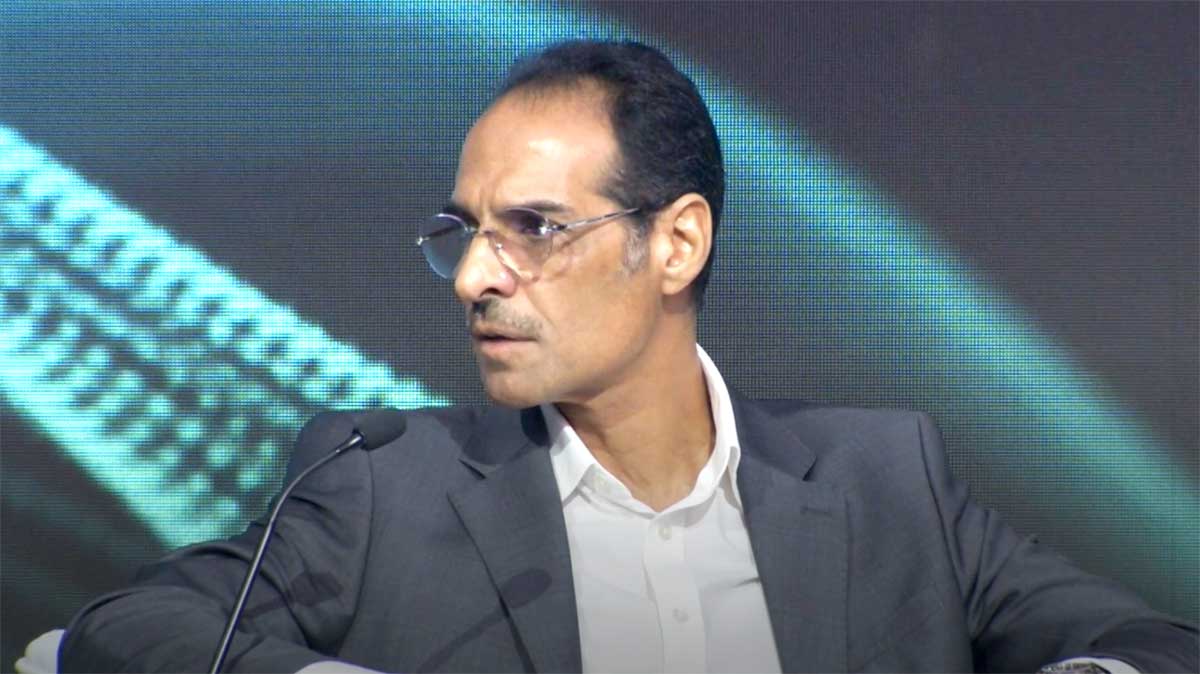
Pivoting toward the future
Najeeb I. Al-Abdulrahman, then-acting general manager of Southern Area D&WO Operations, shared in a panel discussion under the banner, “Pivoting toward the Future: How Can We Get There.”
The panel included Matthew Foder, senior vice president of Innovation and New Energy with Weatherford, Attilio Pisoni, Baker Hughes senior vice president and chief strategy and technology officer, Mario Ruscev as executive vice president of TAQA International and chief technology officer, and Ahmed Waguih, director of Digital Drilling Schlumberger.
Al-Abdulrahman, when asked about the direction up until 2030 and disruptive technology, said that technological developments in materials would prove critical.
“This is a call for our industry and my fellow chief technology officers on the panel to pursue disruptive innovation rather than progressive, namely those around material science,” he said.
Attracting young talent
On the subject of motivating, recruiting, and retaining young talent Al-Abdulrahman observed that the industry needed to improve its communication with the general public.
“I believe that we need to communicate more with the public on how we positively impact their life, from what they wear, what they use at home, and the devices that they use. At the same time, how we positively impact their environment.
“I will give you one example, at an offshore rig, fish and marine life thrives. Why is that? The fish found a better habitat at the platform. The same applies for many of the offshore islands that we have built and this has been proven by third parties.
“So, a big part for us, is to communicate to the public and to the young talent, that we are a lot better when it comes to things like this and there are a lot of opportunities for the young talent.”
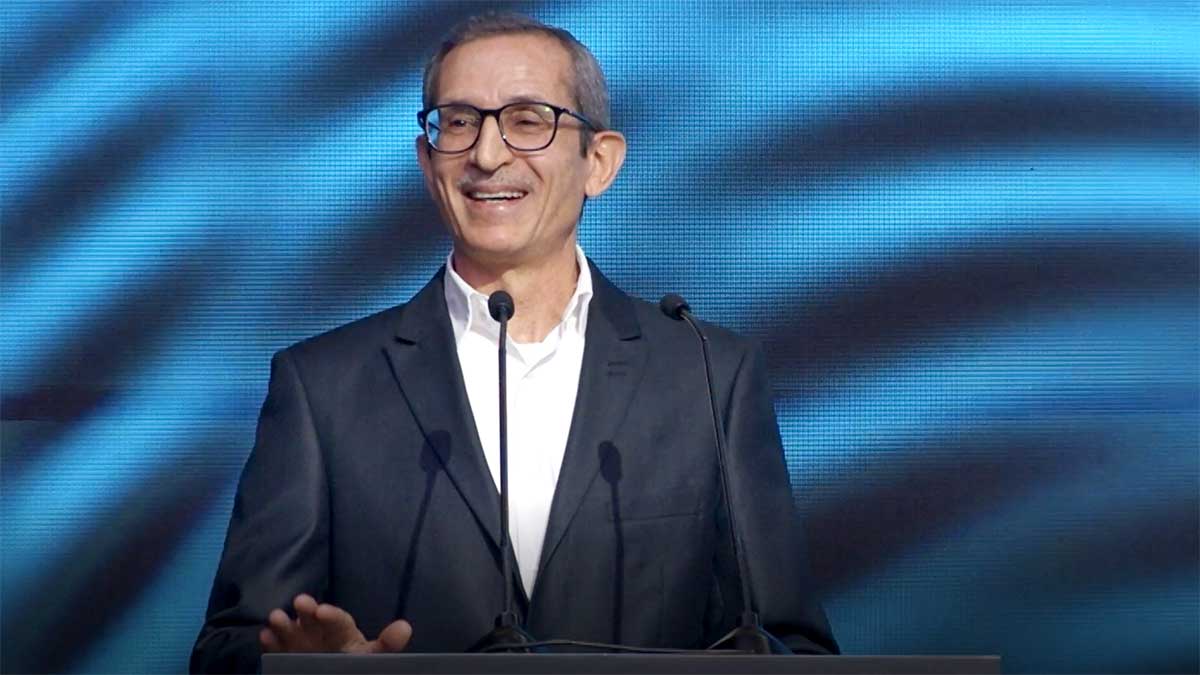
Sustainability and the energy transition
Omar S. Al Husaini, general manager of Northern Area D&WO Operations, spoke on sustainability and the energy transition, in his opening remarks on the final day of the conference.
“There is no doubt that the world is facing a pressing challenge, and that is climate change,” he said.
“Around the globe, society and countries are planning for climate action to save the planet. In Saudi Arabia, in 2015 we were signatories to the COP-21. The Kingdom set its National Determined Contribution (ND) and an aggressive emission reduction target of 130 metric tons of CO2.
“In 2020, Riyadh hosted the G20 summit and adopted the circular carbon economy to provide a new platform for economic growth while managing greenhouse gas emissions.
“Also, last year, in October, the Kingdom announced the ambitious net zero by 2060.”
Al Husaini said that 60 programs to establish a “green economy” were well under way. Plans to plant 10 billion trees would also help transform the environmental landscape.
He said that “aggressive targets” had been set to achieve meaningful emissions reduction.
The urban design of the futuristic city “The Line,” would further enhance the Kingdom’s efforts toward sustainability.
At Aramco, we are committed to a stable and inclusive energy transition. The company’s position on climate change is very clear. It is the biggest long-term challenge we and all of our other businesses are facing.
— Omar S. Al Husaini
“Therefore, in support of the energy transition we have set our mission to achieve net zero emissions in scope one and scope two by 2050 across our own operated assets.
“Nevertheless, while reducing our emissions, we will continue to supply the world with reliable energy.”
Energy transition
A presentation by Abdulla A. Jabr of the D&WO Energy Efficiency Committee explored how the sector supports the energy transition.
The closing panel discussion on the subject of “The Impact of Emerging Technologies on the Industry’s Carbon Footprint Reduction,” featured Naser A. Al Otaibi, Offshore Drilling manager at Aramco, Ali H. Habbtar, manager of the Upstream Development Strategy and Reserves Department, Theis Solling, interim director of the Center of Integrative Petroleum Research at King Fahd University of Petroleum and Minerals, and Yehya Altameimi, CEO of SANAD.



